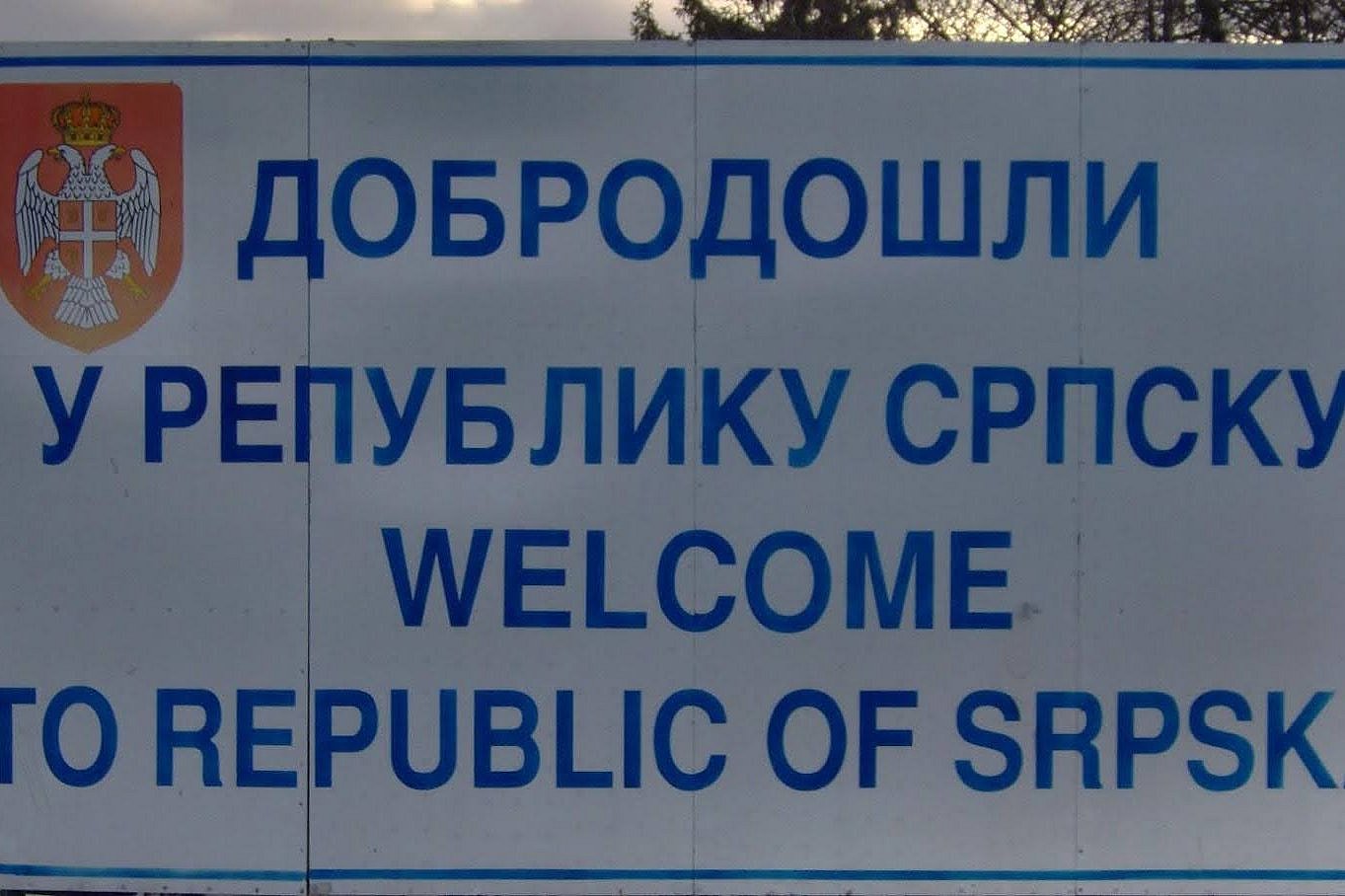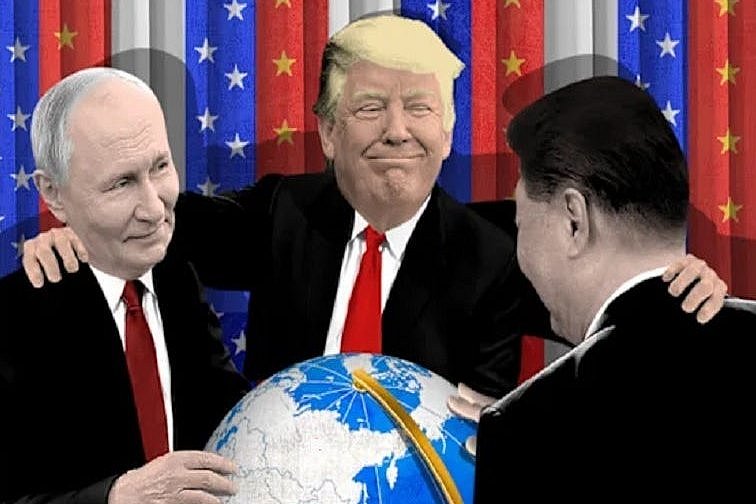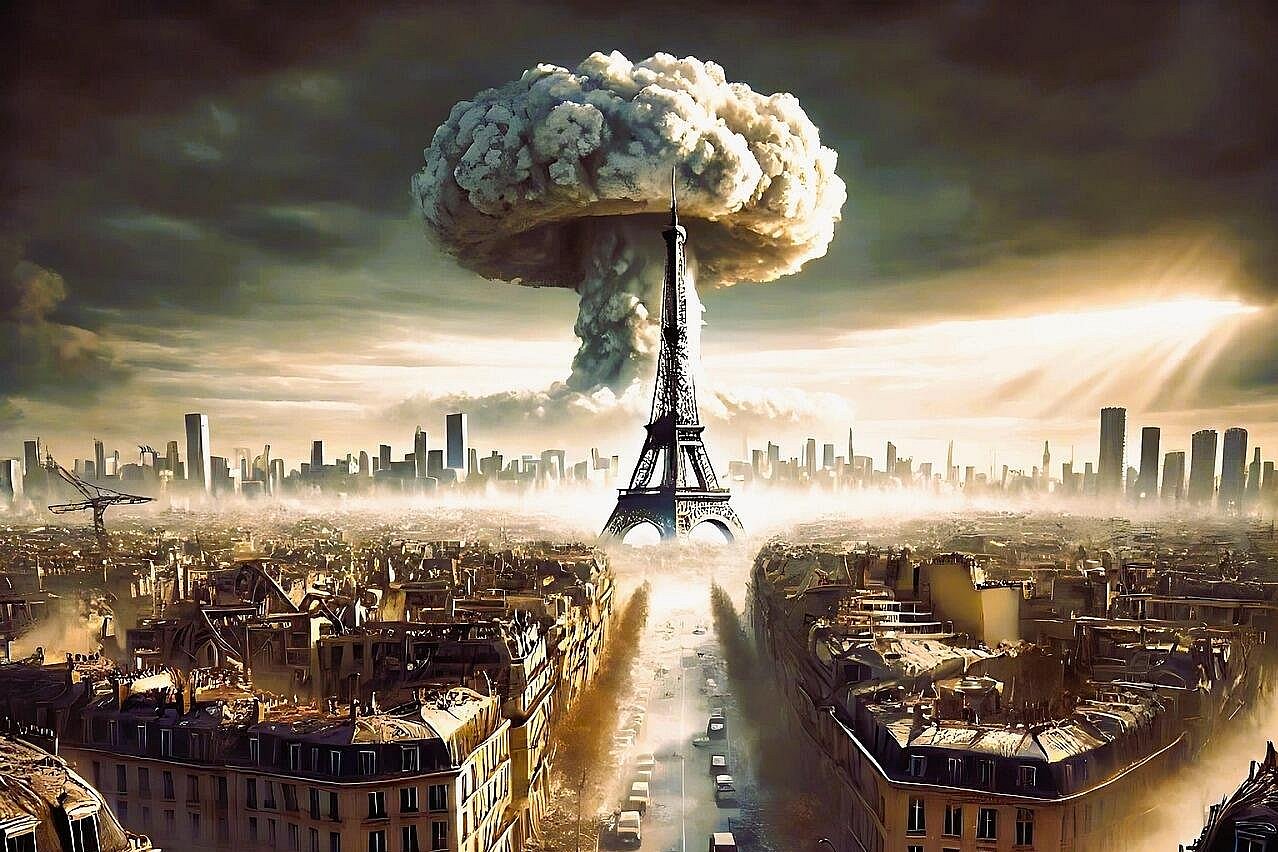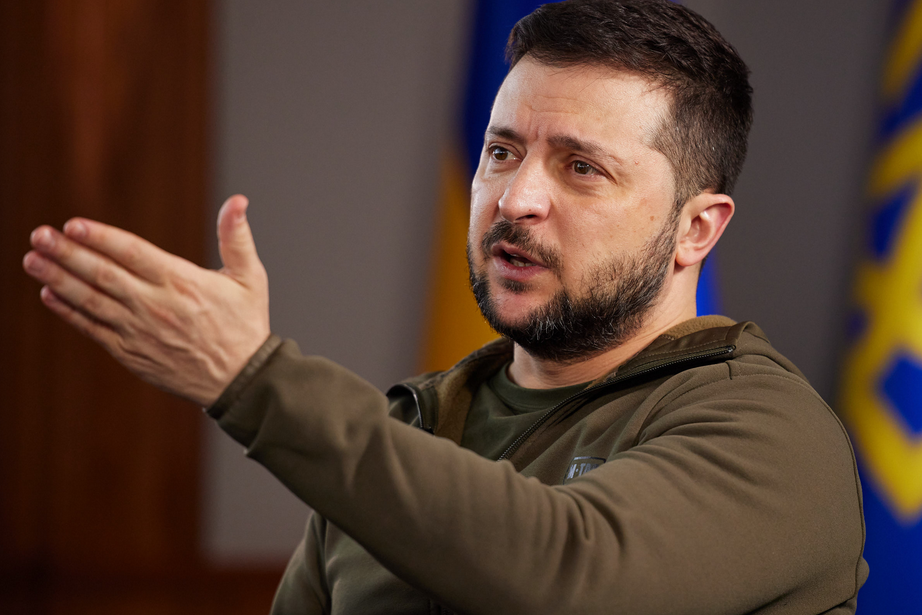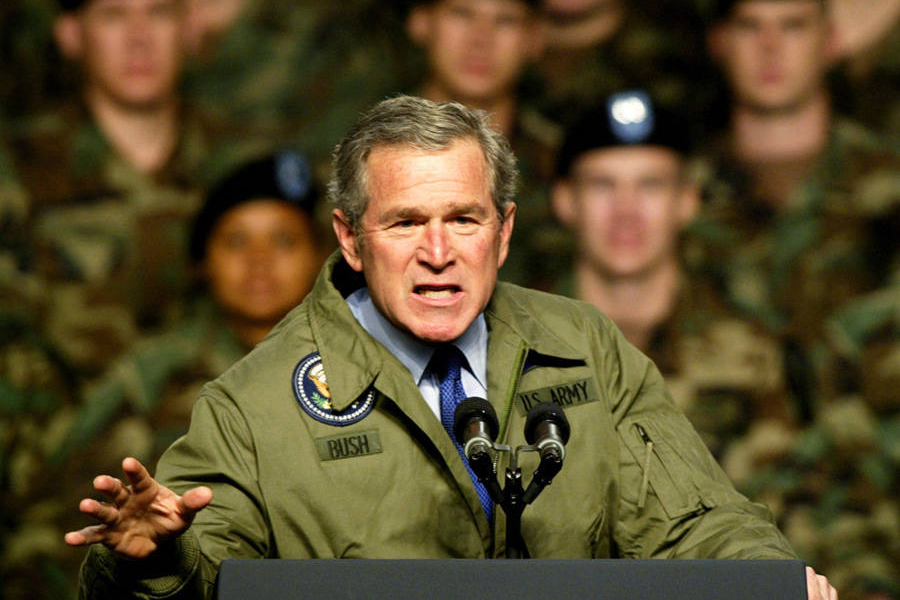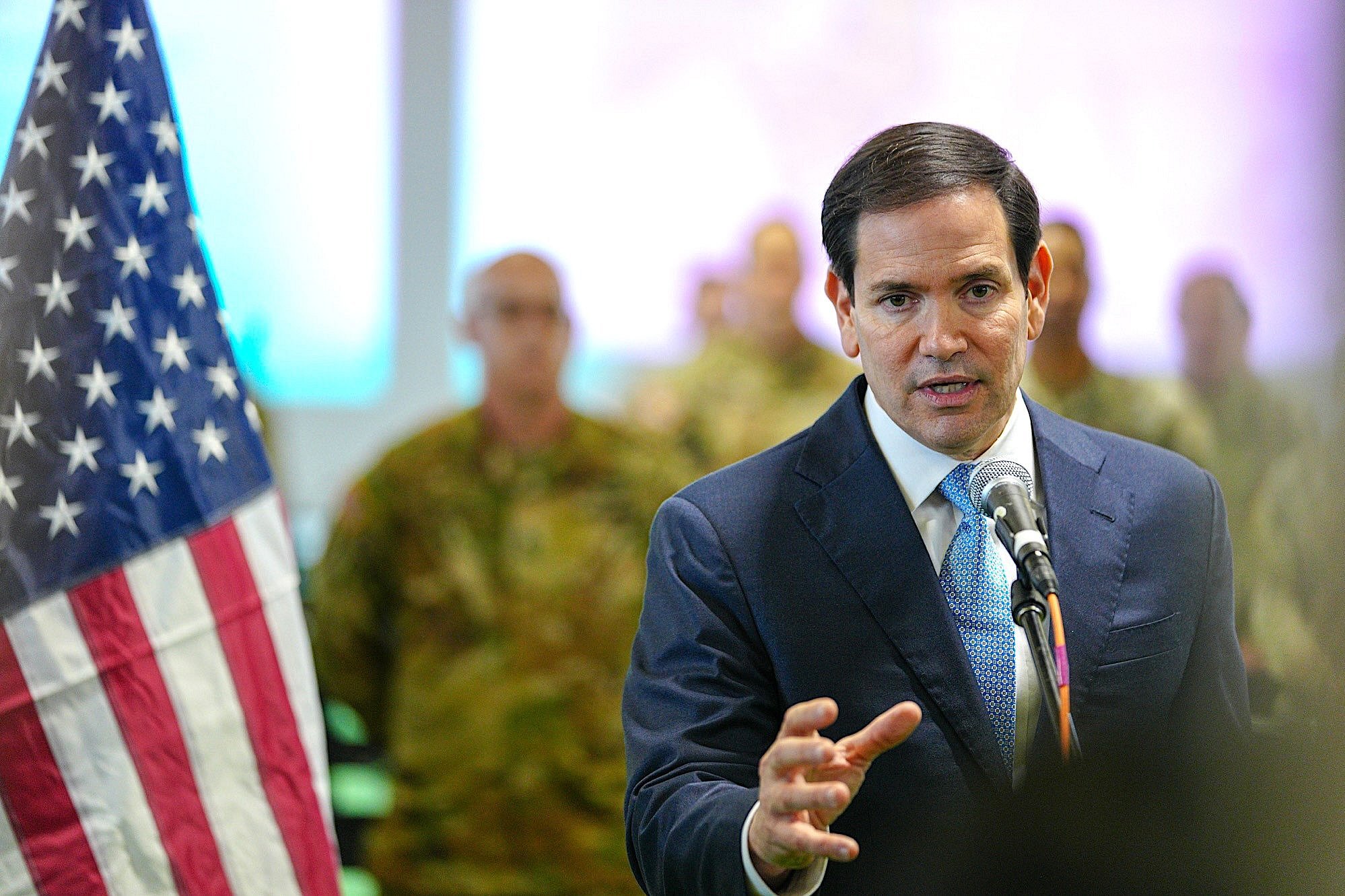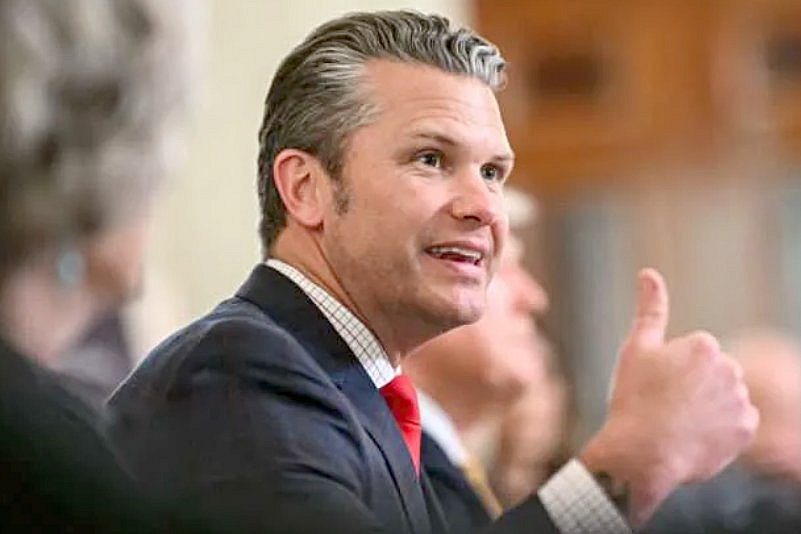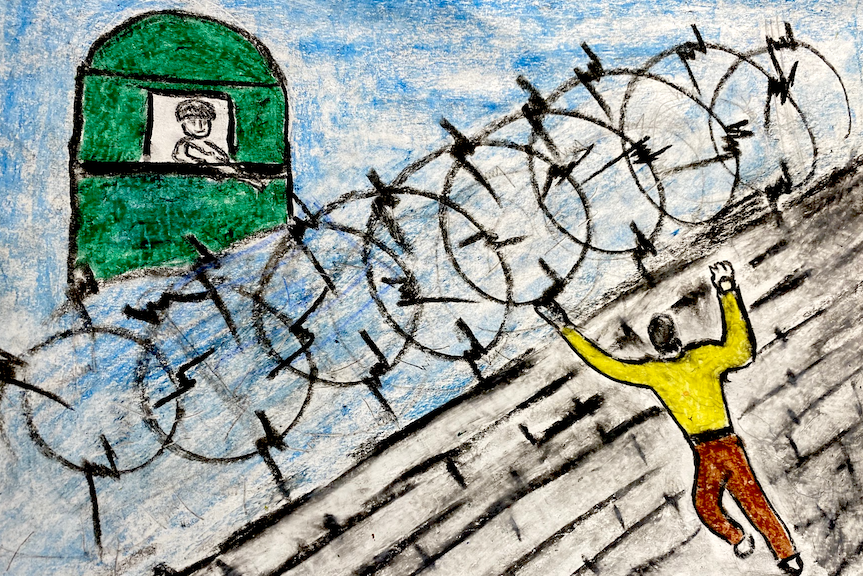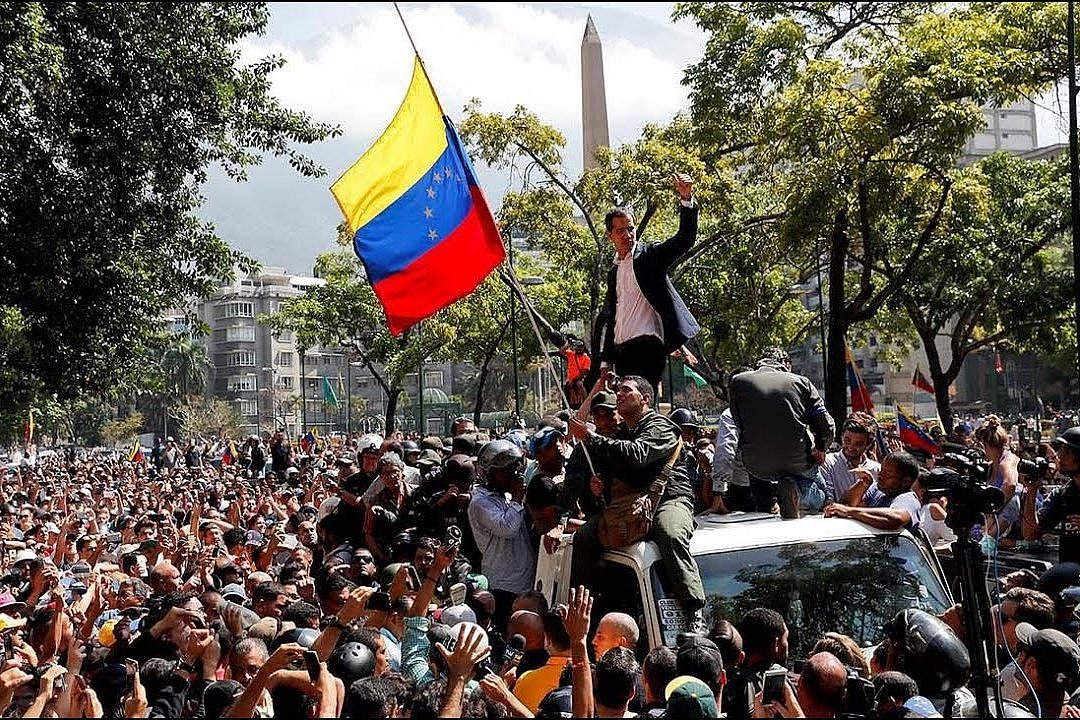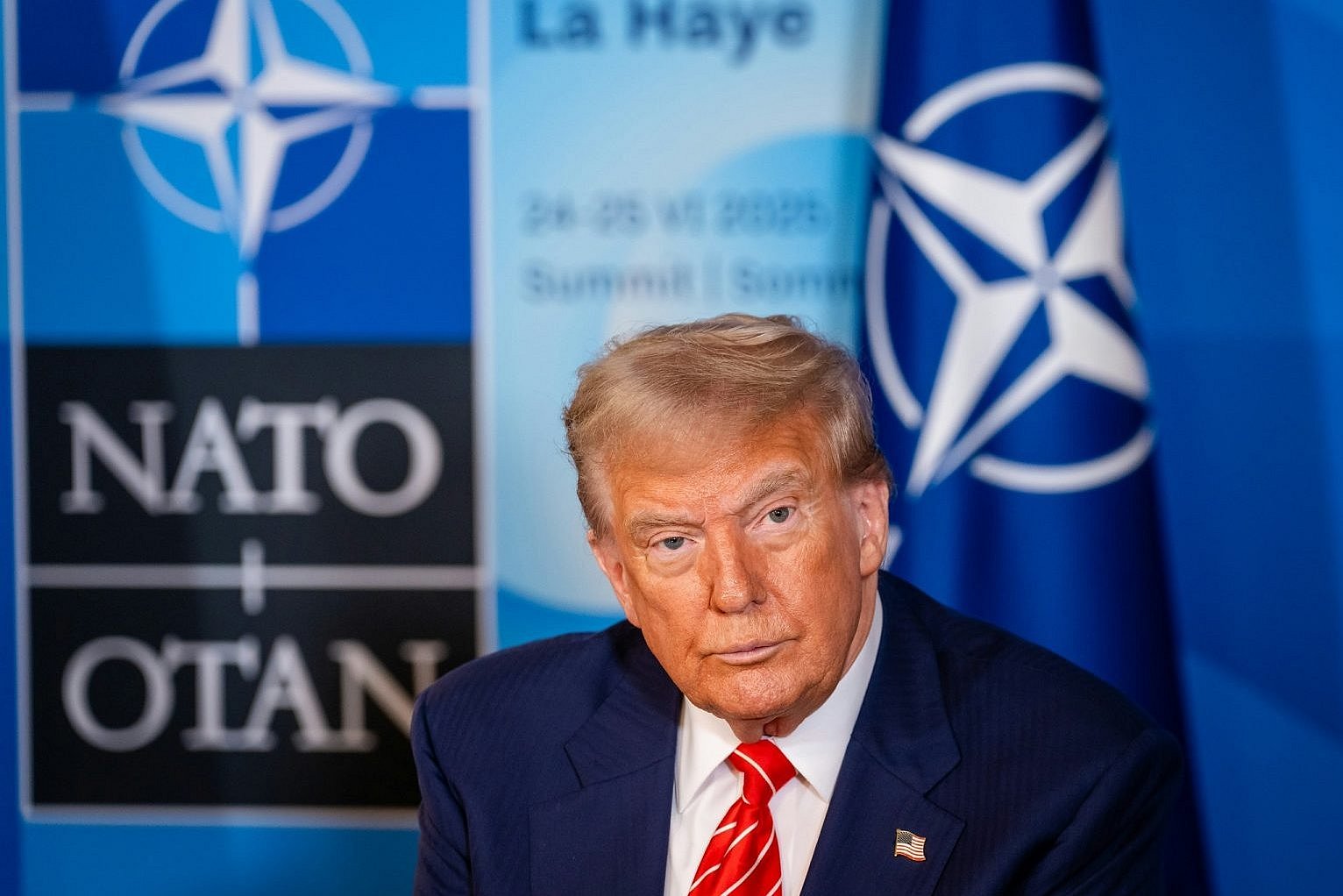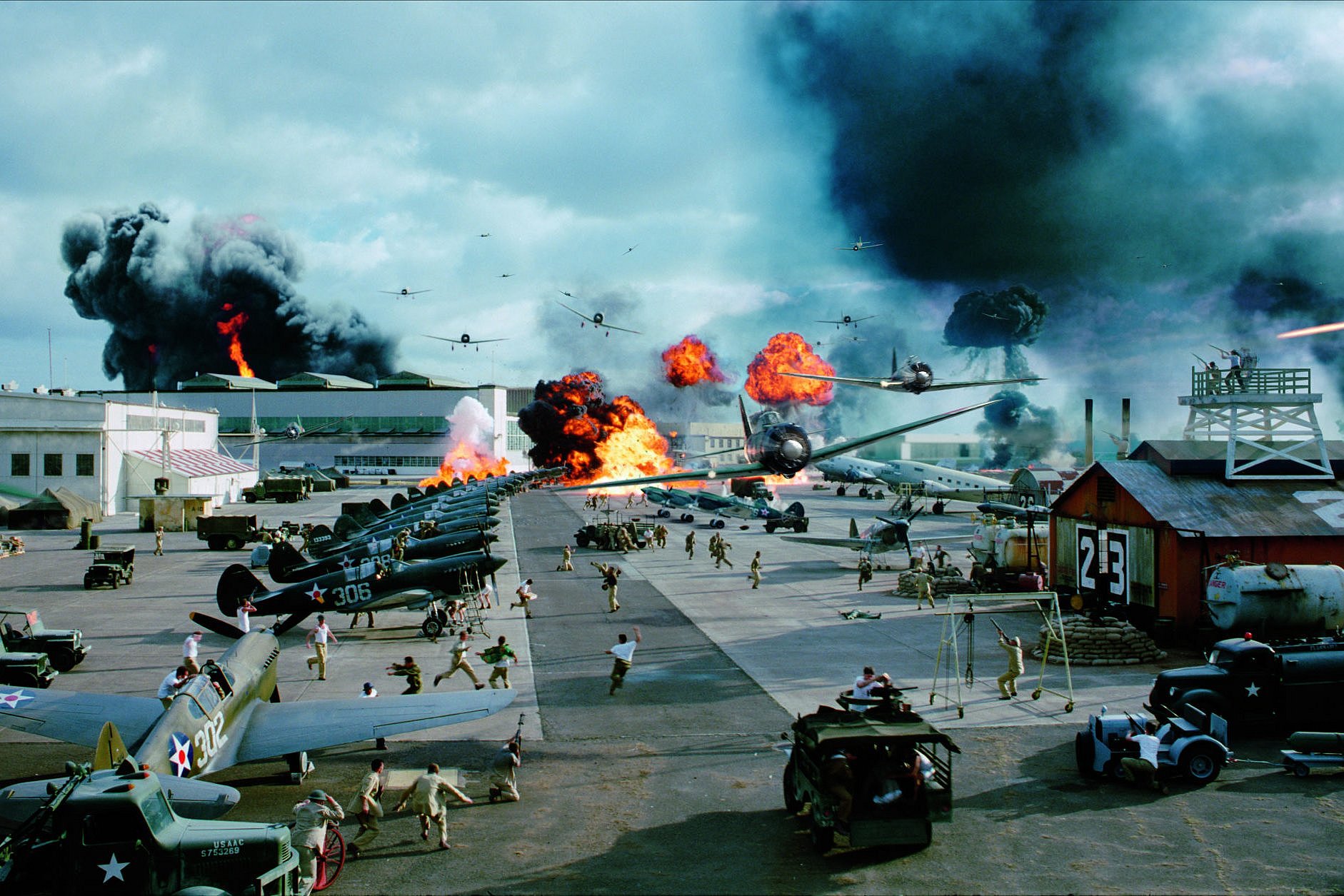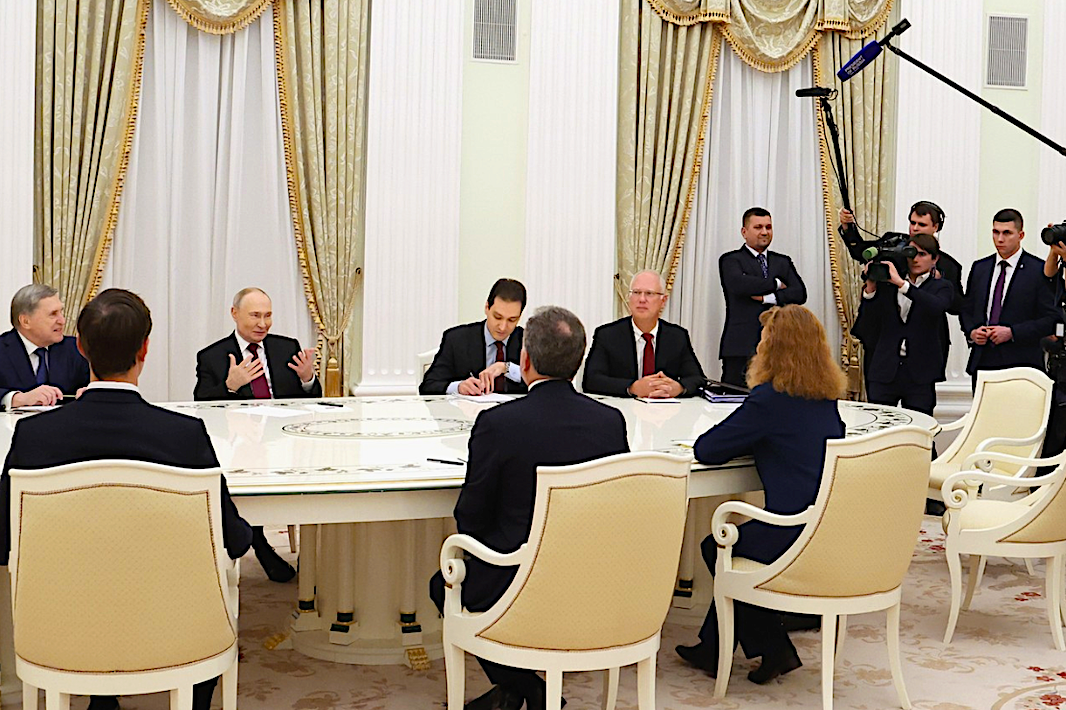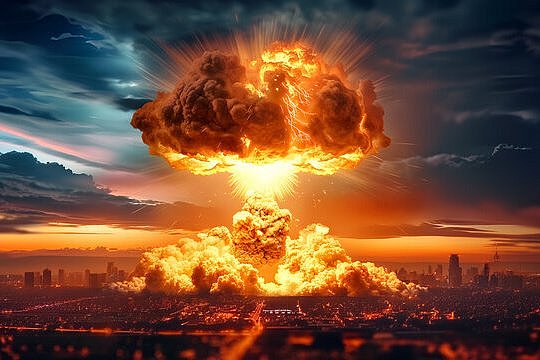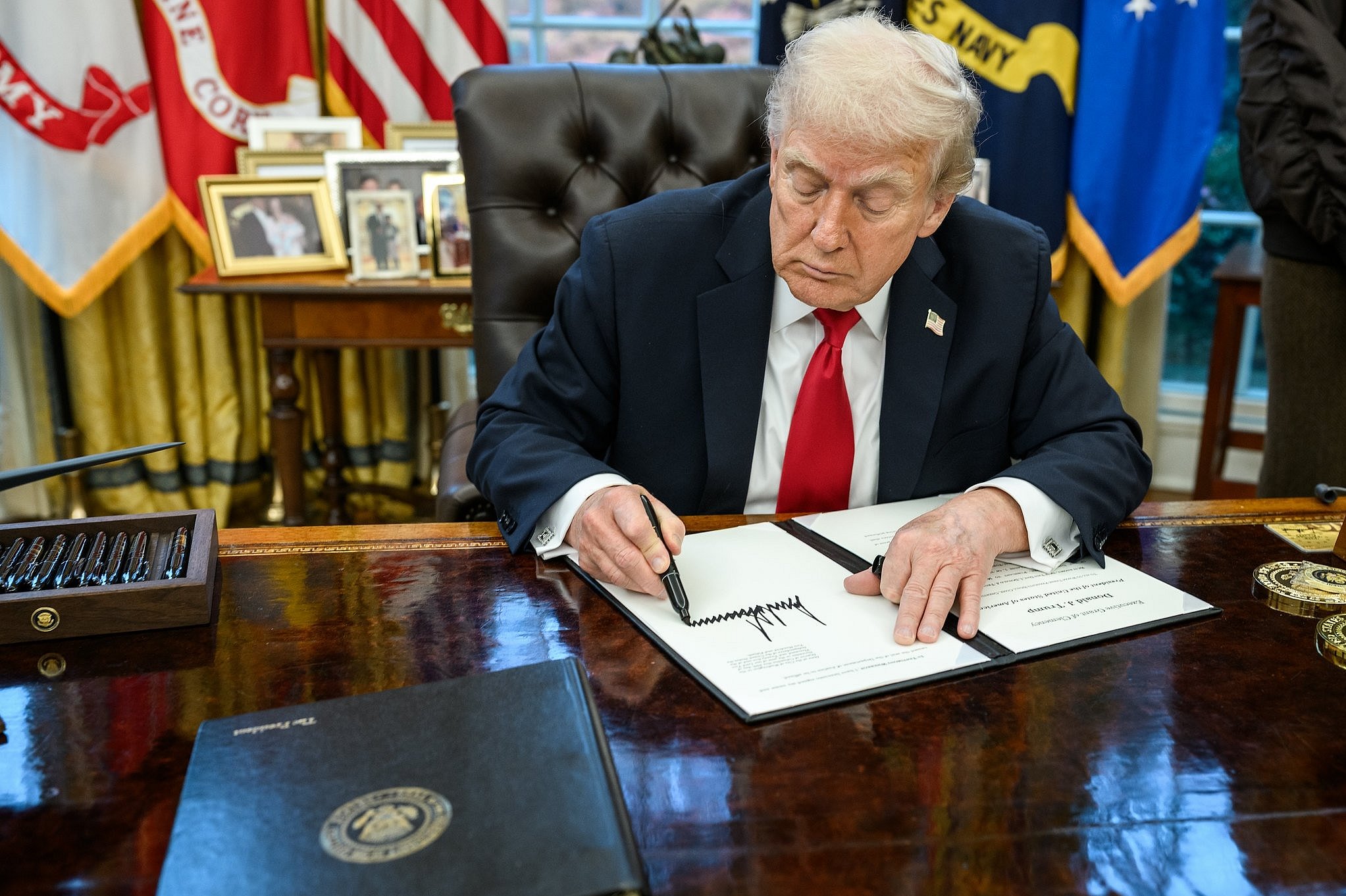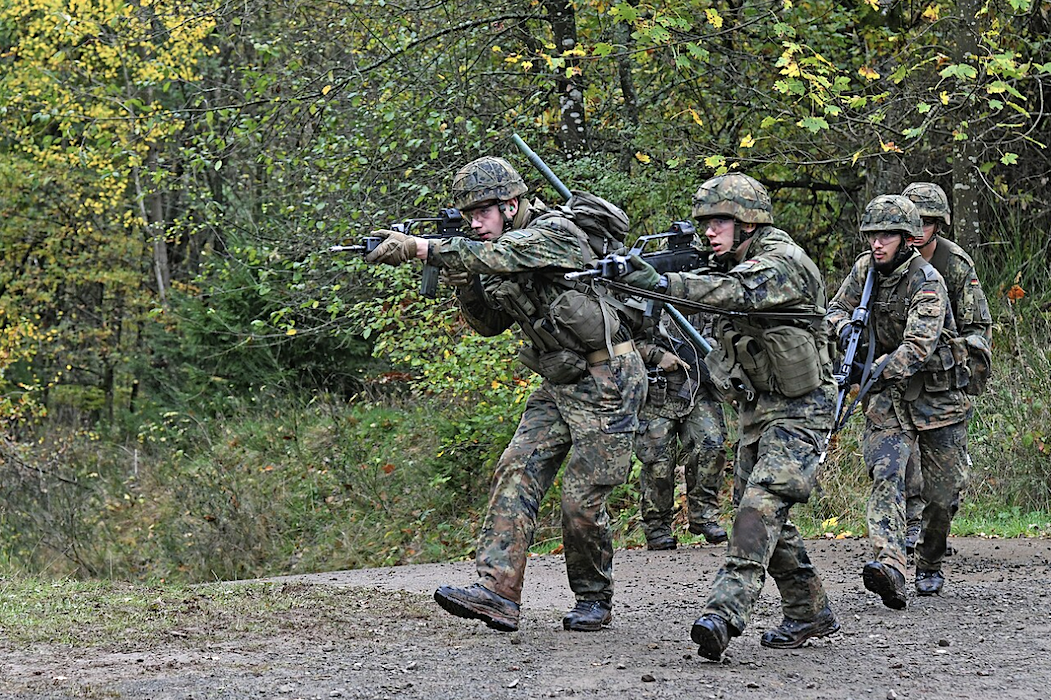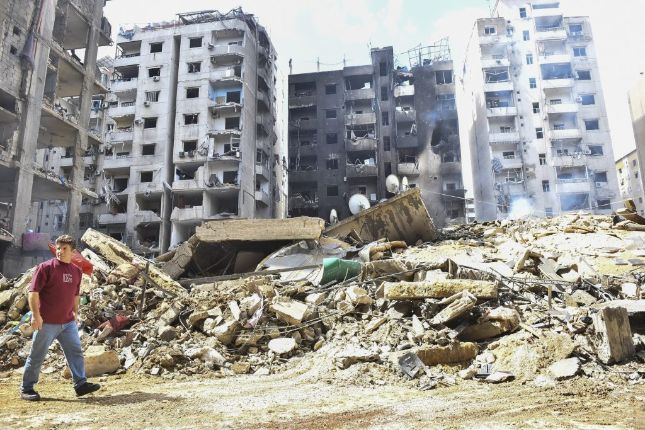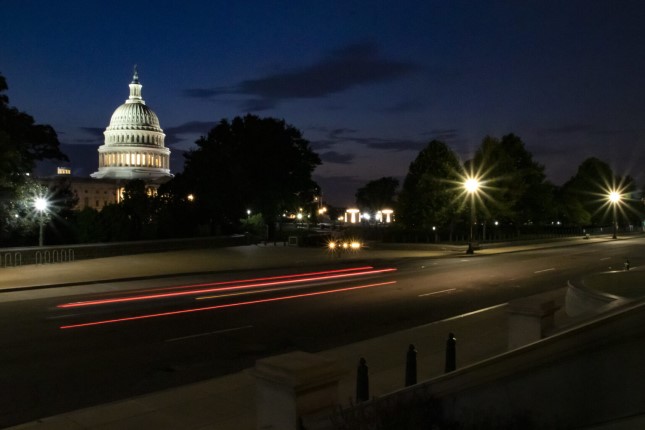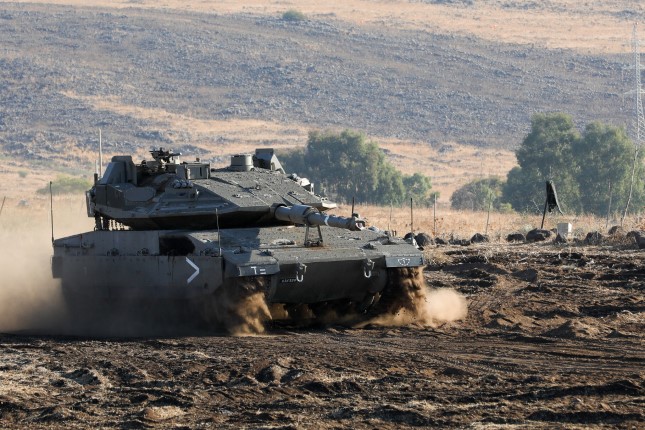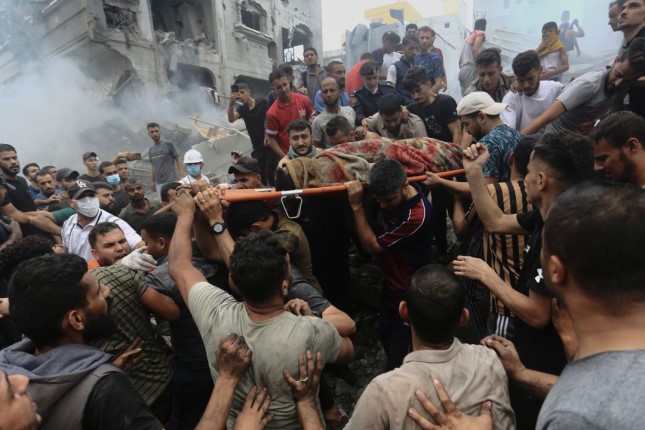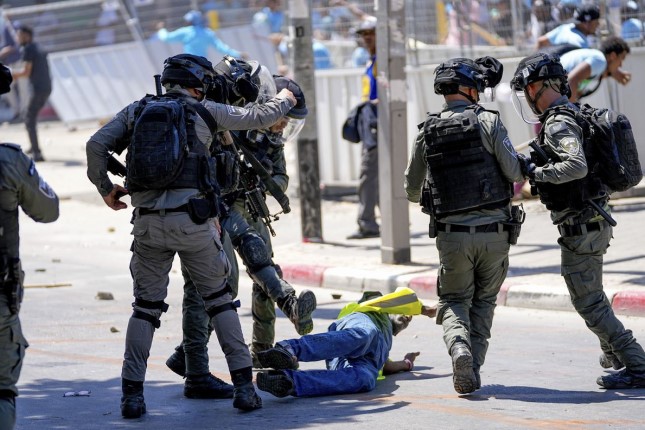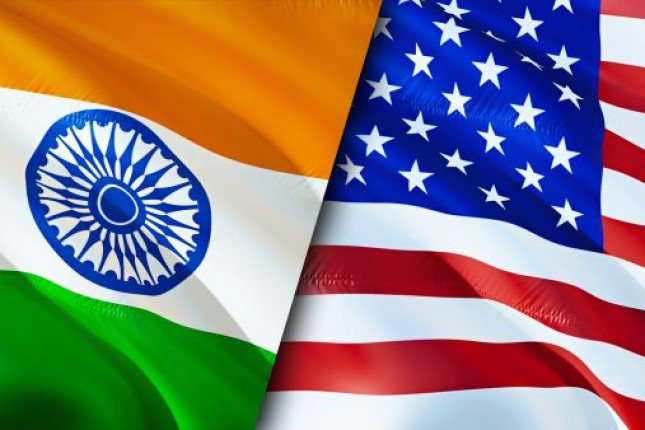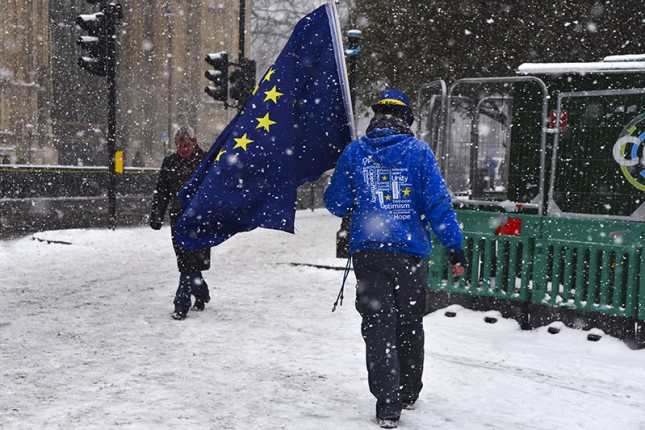A “humanitarian intervention” celebrated at the time, then airbrushed from polite memory. Hindsight is a cruel validator, especially in the Balkans. What critics feared – lost sovereignty, rekindled ethnic resentments, and the instability of foreign-engineered peace – has come to pass. Nowhere is that more obvious than in Republika Srpska (RS), the Serb-majority entity inside Bosnia and Herzegovina.
The Dayton Accords are unraveling; not with a bang, but with a smirk. In February 2025, Republika Srpska’s elected president, Milorad Dodik, was convicted by the State Court of Bosnia and Herzegovina on charges of “non-implementation of decisions” issued by the Office of the High Representative (OHR), and sentenced in absentia to a year in prison and a six-year ban from public office.
The West insists that Bosnia’s laws be respected. But those laws are subject to veto by a foreigner – the unelected High Representative, Christian Schmidt, a German appointee, who is still issuing decrees like a Habsburg governor. The OHR was supposed to be a short-term babysitter, not Bosnia’s eternal stepfather. Yet here we are, three decades later, with a German bureaucrat still overruling local authorities as if he runs the place, which, technically, he does.
The OHR’s unilateral authority illustrates Dayton’s fatal flaw: it replaced Yugoslav tyranny with foreign rule. Dodik’s “crime” was signing and enforcing laws passed by the RS assembly, in defiance of Schmidt’s veto; a rejection of the OHR’s legitimacy.
Despite failed attempts by federal authorities to arrest him, Dodik laughed off the verdict with the flair of a Balkan George Costanza – convicted, banned, yet still holding court in government buildings, grinning as if the verdict never happened. The punchline? Interpol labeled his conviction “political” and refused to issue a red warrant, allowing him to travel freely to Moscow, Jerusalem, Budapest, and Belgrade, where Putin, Netanyahu, Orbán and Vučić treated him like a fellow head of state. So much for the Dayton Accords.
To understand what’s coming, it helps to understand what RS already is: a discontiguous, Serbian-run entity with its own government, aspirations, and alliances, steadily drifting towards Serbia. The northern half, anchored in Banja Luka, borders Croatia, while only the southern half borders Serbia. It shares a language, religion, and strategic culture with Belgrade, and increasingly sees itself not as a minority shareholder in a collapsing multinational federation, but as a temporarily quarantined province of Serbia.
Dodik declared, “Our capital is Belgrade, not Sarajevo,” adding that “no one will prevent us [Serbs] from uniting because it is our right and our history. The last century was the century of Serbian suffering, and this century is one of Serbian unification.” Serbs living in the Republika Srpska are already eligible for Serbian citizenship. For all practical purposes, Republika Srpska is Serbia’s Donbass, its path a fragile fuse in a volatile land.
Brčko: Bosnia’s Ticking Time-Bomb, Brought to You by NATO
Brčko is Bosnia’s Zaporizhia, a vulnerable land bridge separating the northern and southern wings of Republika Srpska. It sits strategically along the Sava River, blocking a contiguous corridor connecting Banja Luka to Bijeljina and Serbia, while also serving as the only direct land route linking Sarajevo with the Federation’s Croat-populated Orašje and Odžak exclaves in Posavina Canton.
If Republika Srpska secedes, an outcome Dodik describes as inevitable, Brčko becomes existential. RS needs it to function as a unified state, Serbia needs it to offer logistical support, and Sarajevo needs it to maintain ties to Posavina and Croatia. Which is why the US and EU have fought to keep Brčko under international supervision.
Technically, Brčko isn’t part of either the Federation or Republika Srpska. It is a self-governing district under the sovereignty of Bosnia’s federal authorities, created by the 1999 Final Arbitration Award to prevent either entity from seizing control. The architects installed a US-appointed Supervisor, answerable only to Schmidt, and likewise empowered to override laws, dismiss elected officials, and govern by decree – an arrangement that would make Thomas Jefferson reach for his musket.
Brčko is held up as a model of multiethnic reintegration: shared schools, low crime, thriving businesses thanks to tax incentives. But the calm is purchased, not organic. The Supervisor’s influence, international aid, and customs exemptions have effectively bribed the local elites into submission. Brčko functions less as a reconciled community and more as a quarantined buffer; peaceful because it is sealed in amber.
I was in Brčko just last week, and the mood was tranquil. The shops were open, families strolled the pedestrian promenade, and the town could’ve passed for any sleepy Balkan backwater. But then there were the EUFOR troops patrolling discreetly between the Croatian border post and the city center, a quiet reminder that peace here is curated, not organic; because nothing says “local governance” like Romanian “peacekeepers” tiptoeing through your town. Brčko resembled a performance maintained by surveillance, subsidies, and strategic ambiguity. Even the stillness felt stage-managed, like a ceasefire in a play that might resume after intermission.
That curated calm is fragile precisely because the population is mixed. According to the 2013 census, the District had 83,516 residents: 42.4% Bosniaks, 34.6% Serbs, 20.7% Croats. The city center is Bosniak-majority; nearby rural areas lean Serb or Croat. This demographic tension, kept in check by foreign supervision, could quickly erupt if the balance breaks.
If the Berlin corridor was an artery through enemy territory, Brčko is a surgical suture holding incompatible organs together: fragile, inflamed, and temporary.
Soviet and Yugoslav Mixology: Stirring Ethnic Chaos with a Straight Face
This is not just a Bosnian story. The Soviet Union and Yugoslavia gerrymandered internal boundaries to force ethnic groups into cohabitation to undermine nationalism. When these artificial superstates collapsed, those lines became international boundaries – and fault lines, creating ethnically driven border and corridor crises everywhere.
Kaliningrad, Russia’s Baltic exclave, is surrounded by NATO territory and separated from the rest of Russia by the Suwałki Gap. Nakhchivan, Azerbaijan’s western exclave, is separated from Baku by the Zangezur Corridor through Armenia. Central Asia has it even worse, with numerous Tajik and Uzbek exclaves reachable only by contested roadways through Kyrgyz territory. These aren’t just cartographic curiosities; they’re pressure cookers where geopolitics squeezes into geography and war rides shotgun.
Georgia’s breakaway regions, Moldova’s Pridnestrovia, Azerbaijan’s Karabakh wars, and Ukraine’s disintegration follow the same script. Ethnic cohabitation enforced by fiat often leads to war when the central authority collapses. Yet Western diplomats still cling to the fantasy that if you just insist on multiethnicity, it will magically happen. Bosnia is the last great petri dish. But the experiment has failed spectacularly.
The tragedy isn’t that the diplomats lost, but that the ethnic cleansers won. Even within Bosnia one town might be 90% Muslim, and the next 85% Croat, and the next, 95% Serb. The ubiquitous inter-ethnic violence of the 1990s created a new reality in which groups no longer inhabit the same space. “Serb Krajina” now has few Serbs. Republika Srpska has few Muslims. Things are quiet, not because people peacefully coexist, but because they no longer try. Congratulations: the horrific tragedy of ethnic cleansing worked so well that diplomats now dare call it peace.
No one seriously believes Bosnia is a functioning state. Croats resent being outvoted by Muslims. Serbs want out entirely. Even parts of the Federation, like the isolated Croat-majority Posavina exclaves, could secede and join Croatia if given the chance, giving Croatia little reason to oppose RS secession. That said, tension remains high as Bosnia is surrounded by two NATO states and Serbia, now aligned with a bolder, vengeful Putin.
Kosovo and Crimea: The West’s Hypocrisy Swap Meet
Putin often cites Kosovo as precedent, asking: if the US can steal Kosovo, why can’t we take Crimea? He views NATO’s 1999 bombing of Yugoslavia as a casus belli, and Kosovo’s independence as the original sin of the post-Soviet world order. Serbia’s dismemberment became Russia’s excuse for everything that followed. Kosovo is not just a precedent to Putin; it’s a primal wound.
In Putin’s worldview, Serbia was to Yugoslavia what Russia was to the USSR: the dominant republic, home to the capital, and uniquely unassisted by the West after collapse. Everyone else got independence with a ribbon. Serbia, like Russia, got sanctions, scapegoats, and secessionists.
And in May 2025, Sergei Shoigu, Secretary of the Russian Security Council, vowed that “Russia will support Republika Srpska,” raising the stakes should Sarajevo arrest Dodik or send troops to Banja Luka.
The West preaches about a “rules-based order,” but only applies it to its enemies. That is why Kosovo can secede, but RS cannot. It’s why Crimea is a scandal, but NATO’s 1999 bombing wasn’t. But Dodik is pushing back, “In a global sense, a new balance of power is being created and the collective West can no longer impose its rules.”
What happens next depends on whether this fiction is abandoned gracefully or ripped apart violently.
In the worst case, RS declares independence overnight. Bosnia’s government arrests Dodik or either side attempts to claim Brčko by force. NATO intervenes to “preserve peace,” and Russia steps in, citing its commitments to Serbia or simply seizing the chance to embarrass the West. A single checkpoint, one hothead, one NATO helicopter straying too far, and Brčko 2025 re-enacts Sarajevo 1914.
A better case, a negotiated partition, remains possible, but only if the US swallows its pride and embraces realism. There is still a narrow window. A deal brokered by Trump, Putin, Orbán and Vučić, four men the West loves to hate, might actually work. Only they, unburdened by European moral theater, could broker the kind of deal Balkan history respects: messy, cynical, and durable. Such a deal could acknowledge Republika Srpska’s independence, secure guaranteed transit for everyone through Brčko, and allow Croatia to annex Orašje and Odžak, paving the way for future Serbian unification. Europe would shriek, but everyone might go home alive. It would be ugly, transactional and effective, which is to say, the only kind of peace that ever holds. That would be a diplomatic revolution. But it requires the West to admit it failed.
The current path, a frozen conflict, is the likeliest. Dodik continues acting like RS is already independent. Bosnia continues pretending it’s not. Schmidt files more reports, the EU frets, and NATO quietly boosts its presence in Tuzla. No one wants to shoot first. But no one dares blink, ever…
Bosnia is full of monuments to tragedies we swore we’d never repeat. Yet here we are, preserving unity in name only, policing speech, and threatening jail for anyone who defies the OHR, whose very existence makes a mockery of “autonomy.” Dodik may be a blowhard, but he’s the only one not playing make-believe. The US embassy condemned his push for a “Greater Serbia” as a dangerous attack on Dayton, but offered no viable alternative.
Pretending Bosnia and Herzegovina is a functioning country won’t prevent a war, but letting it break up just might. The West clings to a fantasy held together by foreign troops, ghost institutions, and maps no one believes. But fantasies break. And when they do, it won’t be Gaza or Donbass or Taiwan that pulls the pin. It will be Brčko: a sleepy river town where the roads all cross, the flags all clash, and one checkpoint too many could do what a bridge down the road in Sarajevo once did – ignite a chain reaction. But this time, the trenches are digital and the battlefield global.
Source: AntiWar.com.
